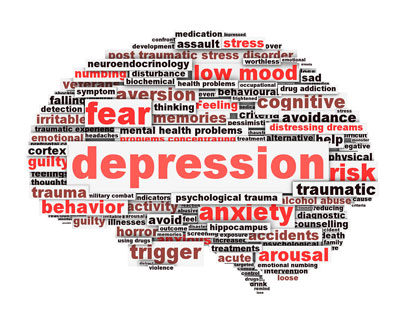 My husband Mike passed away suddenly two years ago. A “catastrophic coronary event,” I remember hearing before the doctor launched into the “We did everything we could” speech. I sat motionless in the Naugahyde chair in that dimly lit room they usher people into to tell them such things.
My husband Mike passed away suddenly two years ago. A “catastrophic coronary event,” I remember hearing before the doctor launched into the “We did everything we could” speech. I sat motionless in the Naugahyde chair in that dimly lit room they usher people into to tell them such things.
My husband Mike could put the caption on the cartoon we call life. I can still be felled by a wave of sadness when the world calls out for his wit, but it usually passes as the business of life encroaches and forces the sadness aside. If I’ve learned anything, it’s that grief is not a linear process or a series of predictable steps. It comes and it goes, lingers or dusts by. It can overpower or gently remind. Now you see it; now you don’t.
The second year into loss, the cycles of grief had given way to the flat, dark monotony of depression. Since action is my default response, I checked out inspirational websites for those contemplating putting themselves out of their own misery, and I downloaded into my iPhone Kindle any number of self-help books about depression and the powers of positive thinking, and I answered every “Are you suffering from...” and “On a scale of 1-10...” quiz that the books offered.
My friends suggested that my trying to gain a little more perspective would help, but from their comments I could tell that depression this long after the event sounded to them like self- absorption. My inability, or to them my unwillingness, to see things differently was making me difficult to be around. One friend told me to “Think of things for which you are grateful...” As if the depression would evaporate if I could just fill in the “Things about which to be grateful” column with enough to cancel out the “Self-Pity” column on life’s general accounting sheet.
 I even entertained the notion of medication, thinking that taking a daily pill would help me feel as if I were being proactive and not just wallowing in bad feelings, but just before I got to the prescription stage, my therapist asked me to name something I would love to do. At that moment the thin ray of some long-forgotten childhood dream pierced the darkness, and horseback riding popped into my head.
I even entertained the notion of medication, thinking that taking a daily pill would help me feel as if I were being proactive and not just wallowing in bad feelings, but just before I got to the prescription stage, my therapist asked me to name something I would love to do. At that moment the thin ray of some long-forgotten childhood dream pierced the darkness, and horseback riding popped into my head.
I told my therapist that I had ridden a bit when I was younger, so when I first moved to California decades ago, I had the fantasy that my horse and I would kick up dust as the mountains around us lit up in the orange glow of the setting sun. He told me to go online and search for lessons.
After about eight months, I graduated to a horse no one else would ride because he had been suffering with arthritis, thrush and laminitis. But I just needed to hear his name to know it was meant to be: Chutzpah! Here was the Jewish girl from the Bronx riding the Saddlebred with the Jewish name and bad feet. The clincher came after our first lesson. As I was bent over mucking out his hooves, he bent down to nibble my rear end, and I jumped up and cried, “Mike?!” only half joking.
In January it will be a year since I started leasing Chutzpah and learning about the love and care of a horse. Anyone can feed a horse carrots and apples, but I have discovered Paddock Cakes, tiny moist cakes made of molasses, sweet feed and flour, topped with peppermints. Now, every time I groom him, as I move from one side to the other to curry and brush him, I can smell the peppermint on his breath, and I myself can taste happiness.
Pamela Felcher is the English Department Chair at Hamilton High School's Music and Arts Magnet.


